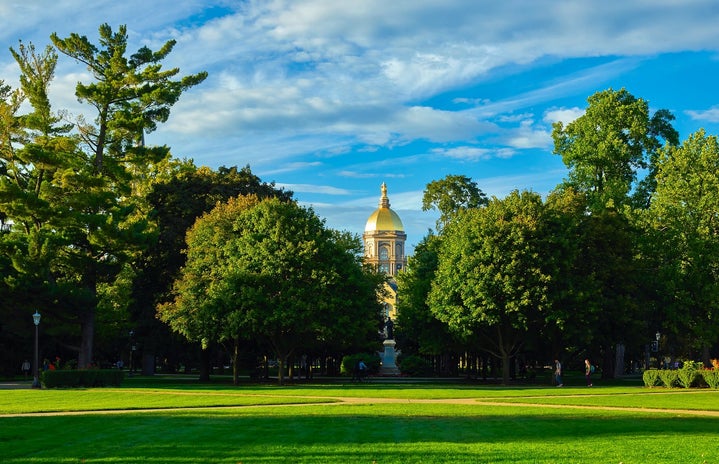This Saturday is St. Patrick’s Day. A day to dress in kelly green and drink your body weight in beer. While only 11.1 percent of the US population identifies as Irish, that doesn’t stop most of the country from celebrating with a pint. Here are some fun facts about St. Patrick’s Day to get you in the spirit.
1. St. Patrick wasn’t Irish
As an Italian American, I may not be the most credible source on this Irish holiday, not being Irish. But then again, neither was St. Patrick. That’s right. St. Patrick, the patron saint of Ireland, isn’t even Irish. Doesn’t have a drop of Irish blood in him. Depending on which version of the story you read, St. Patrick was actually from Scotland or Wales. How the heck did he become the patron saint of Ireland then?
2. St. Patrick was a slave
At the age of 16, St. Patrick was kidnapped by Irish pirates and held captive as a slave for 6 years. During his time in captivity, Patrick developed a strong spiritual connection to God. After he found freedom, he became a Christian missionary in Ireland. He performed a few miracles. You might’ve heard of them. They had to do with snakes.
3. There was no evidence of him driving snakes out of Ireland
OR DID THEY? According to recent research, there is absolutely no evidence that snakes inhabited Ireland at any point in history. In fact, the story of St. Patrick driving out snakes was probably a metaphor for him driving out pagan religious beliefs and practices out of Ireland, which explains why the Catholics love him so much.
4. St. Patrick’s color was blue, not green
The reason why the color associated with the holiday is green is unclear. In the works of art that St. Patrick is portrayed in, he is seen wearing blue. Maybe we should start dying our rivers and drinks blue, you know, to be more accurate.
5. St. Patrick died on March 17
St. Patrick’s day is the feast day of St. Patrick. No, feast day does not mean that he is celebrated by a large meal (although, that’s one way you could do it). A feast day is a day of religious celebration for a specific saint, usually masses are held in their honor. Feast days are on the day that the saint has died, or the day that the saint was accepted into heaven. St. Patrick’s feast day is March 17.
6. The shamrock is not the symbol of Ireland
St. Patrick famously used the shamrock to describe the connection of the Holy Trinity, but it is not the official symbol of Ireland, although it is prominent. Had St. Patrick not used it in his missionary work, it might not have been recognized at all. The harp is the national symbol for Ireland, and it was used widely when the Irish fought for freedom against the British.
7. St. Patrick’s Day became widely celebrated in the 19th century by American Irish who were discriminated against
St. Patrick’s Day has always been celebrated in Ireland. In 1903 is became an official, public holiday in Ireland, and was actually originally a dry holiday until the 1970s. It wasn’t until the late 18th century that St. Patrick’s day became celebrated. In the 19th century, the holiday became a prominent celebration by American Irish who were discriminated against. It was a time to celebrate their Irish ethnicity and pride. There is no longer a political reason for celebration, it’s more of a cultural celebration when people choose to identify as Irish when they otherwise wouldn’t. Today, everyone is Irish on St. Patrick’s day – ain’t that a wonderful thing?
There you have it, seven fun facts about St. Patrick’s Day. So while you’re doing keg stands and downing green shots, keep them in mind and share your newfound knowledge with your comrades. And remember, drink responsibly, it’s what St. Paddy would have wanted.

